electric cook tops on an island
ryseryse_2004
10 years ago
Related Stories

KITCHEN DESIGNA Cook’s 6 Tips for Buying Kitchen Appliances
An avid home chef answers tricky questions about choosing the right oven, stovetop, vent hood and more
Full Story
KITCHEN APPLIANCESLove to Cook? You Need a Fan. Find the Right Kind for You
Don't send budget dollars up in smoke when you need new kitchen ventilation. Here are 9 top types to consider
Full Story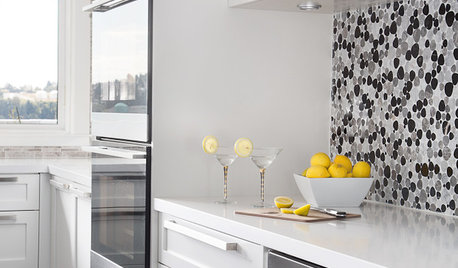
KITCHEN DESIGNNot a Big Cook? These Fun Kitchen Ideas Are for You
Would you rather sip wine and read than cook every night? Consider these kitchen amenities
Full Story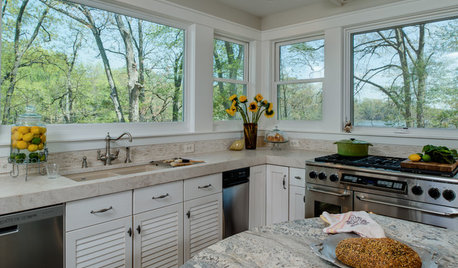
KITCHEN OF THE WEEKKitchen of the Week: Cooking With Creekside Views in Maryland
Thanks to a major addition, this kitchen packs in function and looks out to a beautiful vista
Full Story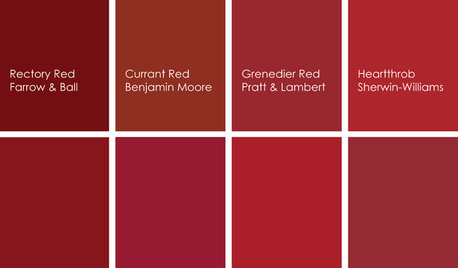
KITCHEN DESIGNCooking With Color: When to Use Red in the Kitchen
Candy Apple Red, Red Licorice and more for your kitchen walls, cabinets or island? The color choices are as delicious as they sound
Full Story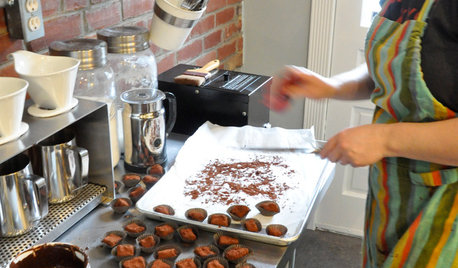
KITCHEN DESIGNLove to Cook? We Want to See Your Kitchen
Houzz Call: Show us a photo of your great home kitchen and tell us how you’ve made it work for you
Full Story
KITCHEN DESIGNKitchen Recipes: Secret Ingredients of 5 One-of-a-Kind Cooking Spaces
Learn what went into these cooks’ kitchens — and what comes out of them
Full Story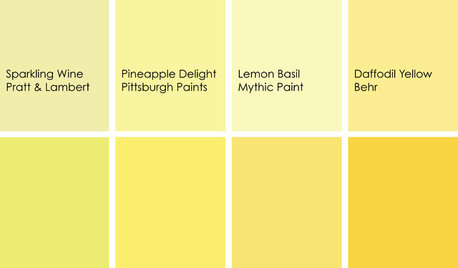
KITCHEN DESIGNCooking With Color: When to Use Yellow in the Kitchen
Perk up your kitchen with a burst of Pineapple Delight or a dollop of Top Banana on the walls, cabinets or countertops
Full Story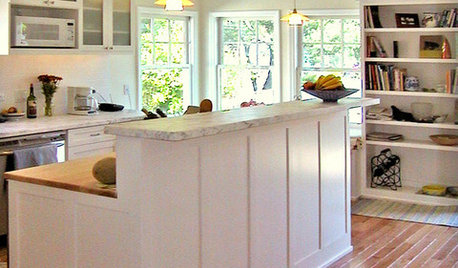
KITCHEN DESIGN8 Kitchen Organizing Ideas for Messy Cooks
Not the clean-as-you-go type? Not to worry. These strategies will help keep your kitchen looking tidy no matter what your cooking style is
Full Story
KITCHEN DESIGNHouzz Call: What’s Cooking in Your Kitchen?
Most of us turn to recipes, videos and culinary shows when we cook. Where do you set your cookbook, tablet or TV screen?
Full StorySponsored
Columbus Area's Luxury Design Build Firm | 17x Best of Houzz Winner!
More Discussions








live_wire_oak
stevep2005
Related Professionals
Arlington Kitchen & Bathroom Designers · Clarksburg Kitchen & Bathroom Designers · New Castle Kitchen & Bathroom Designers · San Jose Kitchen & Bathroom Designers · Vineyard Kitchen & Bathroom Designers · Allouez Kitchen & Bathroom Remodelers · Chandler Kitchen & Bathroom Remodelers · Clovis Kitchen & Bathroom Remodelers · Elk Grove Village Kitchen & Bathroom Remodelers · Eureka Kitchen & Bathroom Remodelers · Luling Kitchen & Bathroom Remodelers · Key Biscayne Cabinets & Cabinetry · Palos Verdes Estates Cabinets & Cabinetry · Wilkinsburg Cabinets & Cabinetry · Saint James Cabinets & Cabinetryedeevee
rococogurl
stevep2005
rococogurl
live_wire_oak
edeevee
edeevee
rococogurl
edeevee
edeevee
rococogurl
kaseki
Cavimum
edeevee
User
gwarstong
edeevee
kaseki
User
gwarstong
Cavimum
edeevee
edeevee
gwarstong
ryseryse_2004Original Author
kaseki
edeevee
ryseryse_2004Original Author
gwarstong
juno_barks
Cavimum
plllog
edeevee
homepro01
plllog
edeevee
northcarolina
plllog
edeevee
jujulu
plllog
seydoux